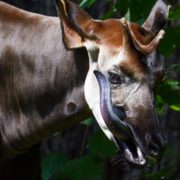
Scientists Capture Airborne Animal DNA for the First Time
Researchers filtered the air around two zoos and identified genetic material from dozens of species, a technique that could help track and conserve wildlife. ..

Researchers filtered the air around two zoos and identified genetic material from dozens of species, a technique that could help track and conserve wildlife. ..
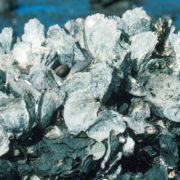
Conservationists are teaming up with fossil experts to help the bivalves—and the state’s oyster economy—survive. ..
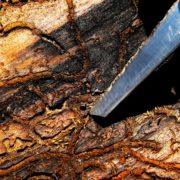
As the climate warms, this insect’s population is booming. That’s bad news for the ponderosa pines of the Sierra Nevada. ..
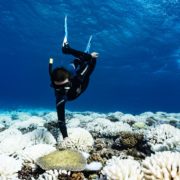
The first major report on the world’s reefs presents a grim picture of losses from global warming. But there are signs corals can recover if given a reprieve. ..

Saving California's adorable (and very hungry) sea otters helps control other species, leading to the growth of more carbon-sequestering vegetation. ..
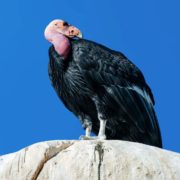
A new study shows that two captive birds had only maternal DNA and survived early development—a first for the critically endangered species. ..
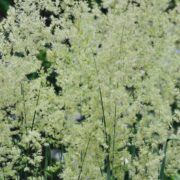
Young members of the Fort Belknap Indian Community are learning how to identify and save local grasses as part of an effort to restore the land. ..
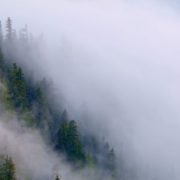
Trees have always migrated to survive. But now they need help to avoid climate catastrophe. ..
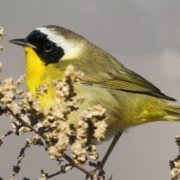
Avid amateurs are generating a wealth of information on avian activity. But does that data reflect new trends in bird behavior, or in people’s? ..
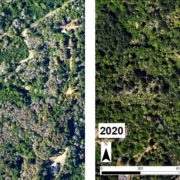
Sudden oak death, rampant in California, is spreading to the north, leaving the forest service with a tough option: Send them up in smoke. ..